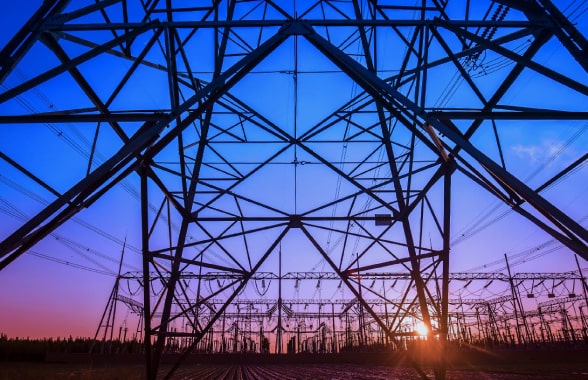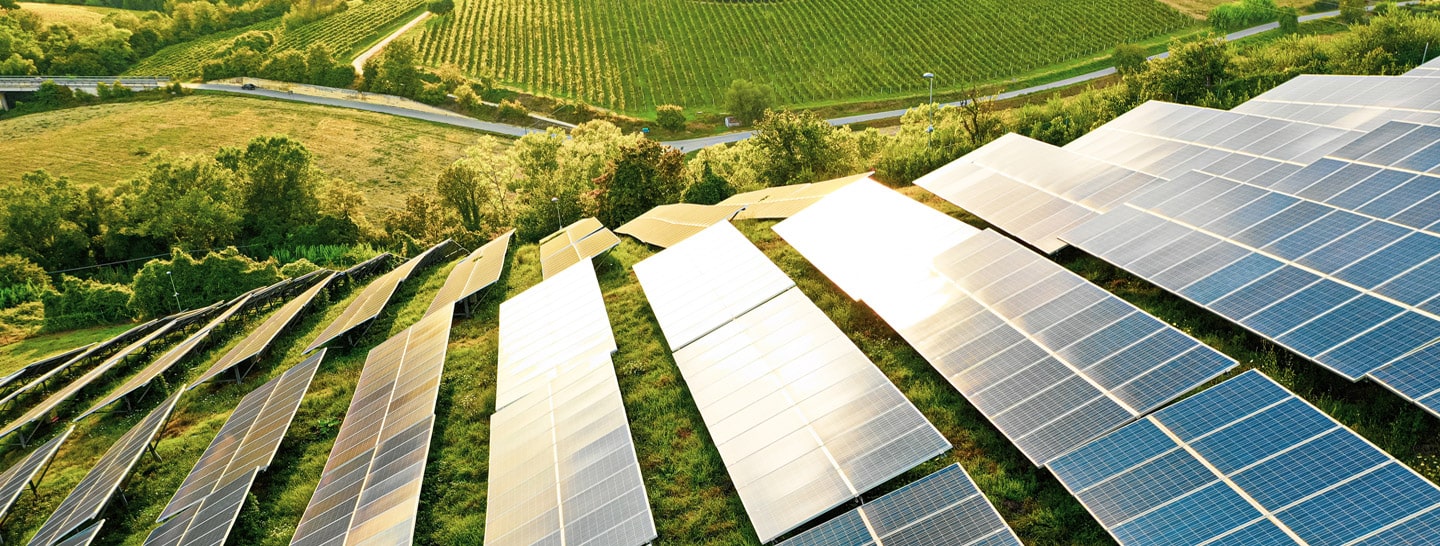What is electrification and what does electrification of uses mean?
Understanding the benefits of electrification

The benefits of electrification, however, go beyond climate change and healthier air. Electrification creates an interlinked series of benefits that form a virtuous circle. There are five main and interlocking benefits from electrification:
Decarbonization: shifting from fossil fuels to carbon-free electricity reduces carbon emissions in the energy end-uses for sectors like transport and industry that are the main cause of global greenhouse gas emissions
Innovation: developing innovative technologies to support the spread of electrification such as Enel X Sun Plug&Play, a solar panel small enough to fit on a balcony that makes the use of renewable energy more accessible and widespread, and advanced battery storage. These technologies can also spill over into other sectors.
Digitalization: coupled with electrification, digitalization of services like smart thermostats in homes and remotely controlled lighting in cities provides the flexibility necessary for consumers to optimize their energy use and reduce waste
Efficiency: electrification can generate substantial energy savings thanks to higher efficiency compared to other forms of energy at home, in transport, in the building sector, and in industry
Air quality: poor air quality is the number one environmental health risk in Europe, according to the European Environment Agency. Electrification enhances air quality by reducing reliance on burning carbon-based fuels for activities like heating and mobility.
What are the examples of electrification?
Pretty much anything that requires energy today can be made to run using electricity. The benefits are clear: Electrification would lead to drastic cuts in greenhouse gas emissions - as well as to major improvements in air quality, especially in urban areas - by replacing fossil fuels with renewable energy wherever possible in our cities, industries and homes.
There are many examples of electrification, including:
replacing natural gas-powered hot water and home heating;
electrifying logistics, especially road transport and ship fleets;
substituting renewable electric energy for fossil fuels in industrial production processes.
Home electrification: meaning, solutions and benefits
Home electrification makes your residence more energy efficient, which has the added advantage of lowering your electricity bills. For example: home electrification solutions such as:
- A heat pump is up to three times more efficient than a boiler and saves an average of 45% on heating bills
- A photovoltaic system for solar energy that can perch on a balcony or window to self-produce energy and cut your bill by up to 25% - forever
- Induction cooktops that achieve up to twice the yield of traditional gas stoves, as well as providing more even cooking, more precise temperature control and greater safety
Moreover, electrification enables centralized control of integrated appliances, smart thermostats, and LED bulbs, transforming homes into smart homes that are more efficient, safe, and comfortable. In a smart home, a centralized system manages energy consumption optimally by - for example - operating the washing machine when the cost of electricity is lower and by or autonomously adjusting lighting and room temperature based on residents’ habits.

Industrial electrification: solutions and benefits
Industry used to be synonymous with its dirty smokestacks, but no longer. Nearly half of the fossil energy used in manufacturing (e.g. for heat treatments, drying, distillations, compressions, cooking) can be replaced with electricity using technologies already available.
There are several benefits of electrification for factories and industry:
First of all, since electricity is more precise, controllable and flexible than combustion, it is easier to control and can result in better product quality
Cost reduction is guaranteed thanks to greater energy efficiency and reduced maintenance requirements
Electrification contributes to achieving sustainability targets as it reduces to zero the amount of direct polluting emissions on site
Lastly, innovation: electrification involves adopting cutting-edge technologies, the digitization of services, and integration with advanced systems
Many solutions for electrification in industry and related services are already in use and are becoming increasingly common. Here is a look at a few:
Low- and medium-temperature heat pumps offer a wide variety of solutions for electrification for both facilities and manufacturing operations which can be combined with energy management software to optimize consumption and program demand
Electrification allows companies to take part in Demand Response programs, unlocking the potential of new revenue streams and lower energy costs

Photovoltaic systems on warehouse roofs to generate solar energy for the facility are increasingly common in industrial use. When solar panels are combined with Battery Energy Storage Systems (BESS) they become even more efficient since this renewable energy can be stored and used when it is needed
The installation of cogeneration or trigeneration plants recover the waste heat produced by electricity generation for heating and cooling
Mobility solutions for the electrification of corporate fleets and their management is an increasingly common tool to cut emissions
City electrification: solutions and benefits
By 2050, over 70% of the world’s population will live in cities, so urban energy infrastructure must adapt to keep up with the pace of change.
Cities currently account for nearly three quarters of annual carbon emissions and two thirds of global energy consumption. The electrification of cities creates benefits such as making the cities of today and tomorrow more livable, healthy and sustainable.
Fortunately, cities have many electrification solutions at their disposal.

- Municipal administrations can use solar panels to provide clean energy to meet part of the heating, cooling and electricity needs of electrified offices, schools and hospitals
- Electrification also makes it easier to use energy management programs that allow building managers to achieve savings on lighting and heating in public buildings
- The public transportation-electrification pairing improves air quality, reduces emissions and noise pollution, cuts costs, and provides the public with a more comfortable and more extensive service. Converting public vehicle fleets to electric buses is just the beginning. E-powered public transportation solutions include upgrading bus stops and shelters, which will become smart and multifunctional. The goal is a sustainable and integrated mobility system, monitored in real time and managed in an intelligent and flexible way, which will be the backbone of future electrified, circular and interconnected smart cities
- Electrification of cities must include a new approach to public lighting. Public administrations, with Enel X’s support, can make their smart cities more functional, efficient and sustainable by replacing obsolete public lighting infrastructure with innovative LED solutions, and with cutting-edge technologies that improve lighting service through greater security and system reliability. Adaptive lighting, i.e. the possibility of adjusting street lighting based on real traffic, weather, and brightness conditions, can optimize street lighting and lead to energy savings of 20-35% compared to LED lights. Moreover, with the same technology, innovative services can be added, like public video surveillance and traffic monitoring












